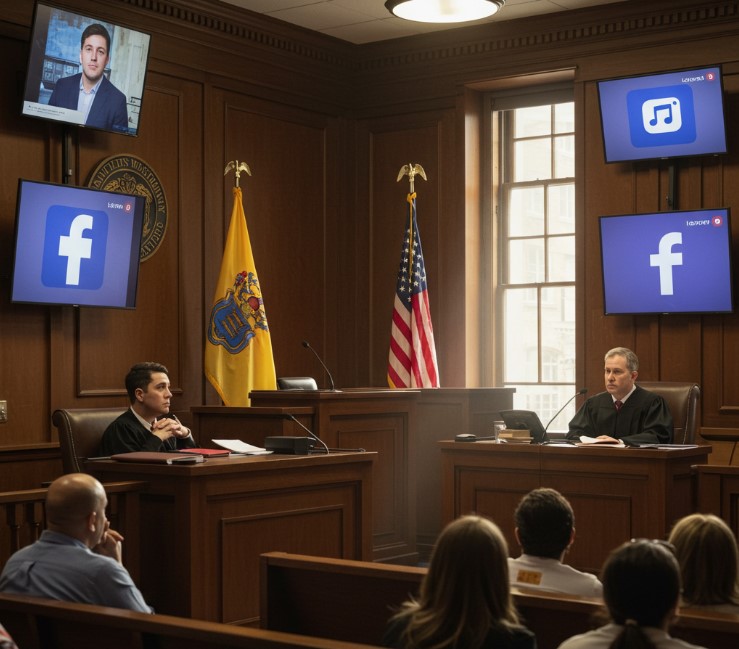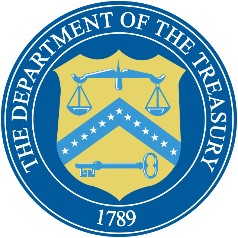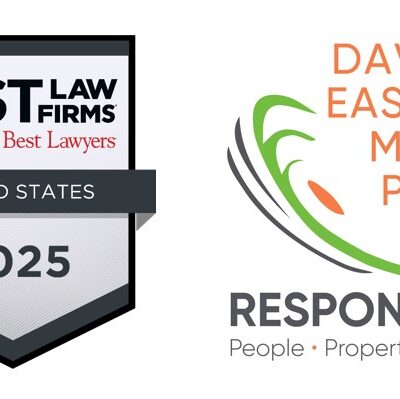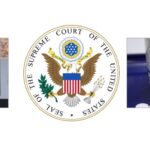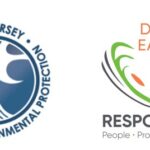In the advent of the COVID-9 pandemic, the U.S. government expeditiously signed into law historical, temporary measures to provide individual employees paid sick and family leave if the leave will be related to particular COVID-19 absences from work. The paid family leave portion is called the Emergency Expansion of the Family Medical Leave Expansion Act (EEFMLA). The paid sick leave provisions are referred to as Emergency Paid Sick Leave Act (EPSLA). The new laws should be refenced collectively as the Family First Corona Virus Response Act (FFCRA) and should be viewed in tandem. The mandates are not retroactive so any paid leave taken prior to April 1, 2020 does not count. FFCRA goes into effect on April 1, 2020 through the sunset date of December 31, 2020. The U.S. Department of Labor’s Wage and Hour Division will enforce FFCRA. FFCRA will significantly impact numerous public and governmental entities and civil servants, as well as, private employees and employers across the nation. Here is what you have to know:
Which employers are subject to the FFCRA?
Covered employers, under the FFCRA, include most private employers with 499 or less employees. The 499 employee threshold should be counted on the day that the particular employee takes leave, even if the workforce total number fluctuates on a daily, weekly or monthly basis. The guidance provides that employees who are on leave, particular day laborers and temporary employees, and of course full and part-time employees must all be included for headcount purposes, but independent contractors should not be included. It is of note that small businesses, with under 50 employees, may apply in April for a small business exemption to providing leave for school closings or child care unavailability if the leave would “jeopardize the business as a going concern.” At the time of this writing, there is no further guidance on applying for such an exception, but DOL indicates that details will be forthcoming.
FFCRA is also applicable to certain public employers of all sizes, which includes school districts, county, state and local government workers, and some federal workers. Those federal employees who are covered by Title II of the Family Medical Leave Act are NOT covered by FFCRA.
Which employees would be eligible for paid leave?
Most private-sector employees, who work for employers with under 500 employees, and employees of covered public employers are covered for up to 2 weeks (10 days) of paid leave, regardless of how long they have been employed. In addition, employees who have been employed for 30 days or more may be eligible for an additional ten weeks paid leave to care for a child whose school is closed or child care is not available due to COVID-19. In addition, those on the front line may be excluded from FFCRA in that an employer of an employee who is a “health care provider or emergency responder” may choose to exclude certain employees.
What are the qualifying reasons for paid leave under FFCRA?
The employee must NOT be able to work, or telework remotely, because of the following reasons:
- Employee is subject to Federal, State or local quarantine or isolation orders related to COVID-19;
- Employee has been advised, by a health care provider, to self-quarantine for COVID-19 related reasons;
- Employee is experiencing COVID-19 symptoms and is seeking a medical diagnosis;
- Employee is caring for an individual who is quarantined or in self-quarantine for reasons delineated above in 1 and 2.
- Employee is caring for his or her child under 18 years whose school or place of child care is closed (or child care provider is not available) due to COVID-19 related reasons;
OR - Employee is experiencing any other substantially-similar conditions specified by the U.S. Department of Health and Human Services.
How much paid leave must a qualifying employee be provided?
The employee must be paid for up to 2 weeks (a full-time employee gets 80 hours and a part-time employee gets the 2 week equivalent) of paid sick leave at the higher rate of the employee’s regular rate of pay, or the State or Federal minimum wage, paid at the following percentages:
If the qualifying leave is needed for the employee’s own COVID-19 related-reasons, as listed above as reasons 1, 2, or 3, 100 % payment for up to $511 daily and $5,110 total.
If the qualifying leave is needed for reasons 4 and 6 above, 2/3 payment for up to $200 daily and $2,000 total.
If the qualifying leave is needed for reason 5 above, up to an additional 10 weeks of paid sick leave and expanded medical leave paid at 2/3 for up to $200 daily and $12,000 total.
Part-time employees can receive payment for the number of hours that the employee is normally scheduled to work over a two week period.
What are other relevant provisions of FFCRA?
Covered employers can qualify for tax credits for qualifying wages disbursed and costs needed to maintain employee health insurance coverage.
Employers must display the March 25th DOL FFCRA notice of rights and responsibilities in a conspicuous place at its business. There is a separate notice for Federal employees. Because many employees are working remotely, the employer can also directly mail or email the March 25th notice to current employees and new hires.
There is an anti-retaliation provision in that the employer may not discharge, discipline or discriminate against an employee who takes leave under FFCRA or files a complaint or proceeding under / related to FFCRA.
The DOL has additionally effectuated a grace period of non-enforcement, for employers who act reasonably in good faith to comply with FFCRA from March 18-April 17, 2020. That said, the grace period does not mean employers can delay in compliance efforts, and it does not shield employers from private rights of action.
Finally, remember to also consult applicable company policies and state or local laws. If company policies are more generous than the law, employers should be guided by their policies. Also, if you are an employer in a state that provides other paid sick or family leave, such as a New Jersey employer, these state laws also could augment the employee’s ability to take paid family or sick leave. Seek legal advice for further guidance.
U.S. Department of Labor Employee Rights Poster
Nicole Croddick is of counsel at Davison Eastman Muñoz Paone PA.. For more information regarding employee rights and other employment related issues contact Nicole at 732-462-7170.




